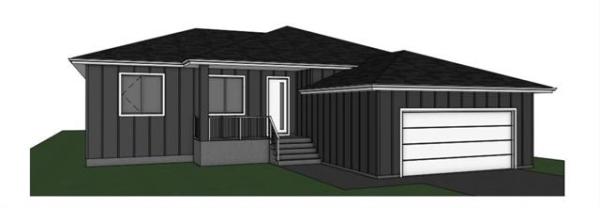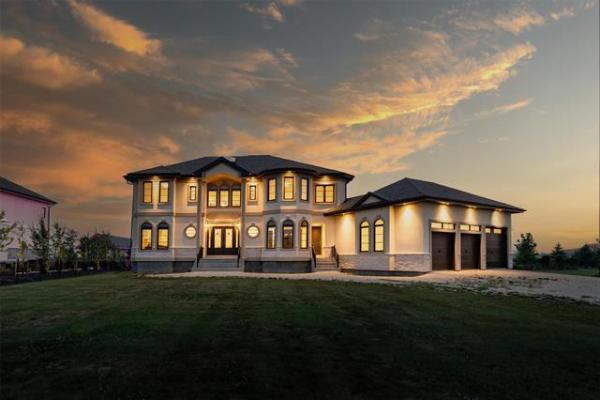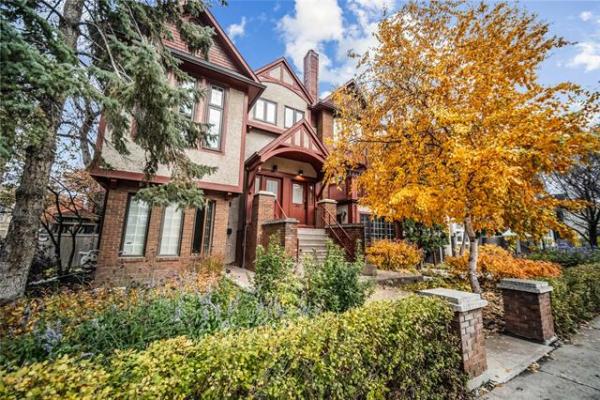Question: I recently had an insulation contractor come to my home to upgrade my attic insulation and ventilation, based on your recommendations from a previous inspection. I called you because there were moisture stains and cracks on my ceiling, which I thought were from and older roof leak, that has since been repaired. You noticed that the ceiling was sagging and recommended getting another layer of drywall installed to reinforce the damaged ceiling and prevent more sagging. That repair has been completed and the ceiling looks great
You also suggested that the ceiling damage may be partially due to moisture buildup in the attic and recommended additional insulation and ventilation. The contractor that I hired recently sent a crew to accomplish that task and they entered the attic from an opening they made in the roof. They were disappointed to find that I had some vermiculite insulation in the attic and stopped the work, immediately. They stated that they would not be able to do the job because their process of blowing in the additional insulation would be under pressure and could disturb the vermiculite. If it contained asbestos, which is likely, their work would cause it to be dislodged and would be a major health hazard. They closed up the roof and left. I think I can live without the additional attic insulation, but have other questions.
I am wondering how big a health concern this is for my home, currently, and if there is anything I should be doing to prevent my family from being exposed to the asbestos in the insulation? Do I have to tell any potential buyers about this when I sell the home, likely in the next few years.
Thanks for all your help and advice, Client.
Answer: Vermiculite insulation that contains asbestos is only a health hazard if it can get in to the living space in your home. Ensuring that your ceilings are in good shape, and any attic access hatches, or items protruding into the attic through the ceilings, are well air sealed should be enough to prevent any major safety concerns
One brand of vermiculite insulation, Zonolite, was found to contain a significant amount of asbestos, which may become airborne over time. When the insulation is disturbed, retro-fit mostly in homes in the 70’s and 80’s, the asbestos may become friable and enter the air surrounding the insulation. In that scenario, occupants of the building may be able to breath in the tiny fibres. Over several decades, significant exposure to asbestos may lead to major health issues and a specific type of cancer call Mesothelioma. Until they discovered that Zonolite, made from minerals extracted from a specific mine in Montana, contained asbestos this was not an issue in residential properties. Since that time, recommendations from agencies like Health Canada were to leave it alone and prevent disturbing it, because it was primarily located in attics.
The location of the vermiculite inside a home is critical in understanding the potential health issue it presents. In some homes it was poured or placed inside exterior walls, around chimneys and fireplaces, or other areas where air leakage may occur. In those situations, some of the small, shiny, silvery chunks may become loose and fall into the living space. Exposure to those areas by the home occupants could be hazardous as any asbestos fibres may become friable and airborne at that time. If the vermiculite is only in the attic, there may be no access points for it to enter the living space, making the safety concern negligible.
Because of a phenomenon called the stack effect, written about in many previous columns, air movement inside a building is primarily upward. Because warm, heated air will rise within a structure, air movement is almost always from the living space to the upper floors, and potentially the attic. Because of this, it is highly unlikely that any friable asbestos released by vermiculite inside an attic will make its way into the air of the living space of a home. The exception to this may be anything that penetrates the upper floor ceiling and is not properly sealed. The biggest culprit is almost always the attic hatch, which may be loose, poorly insulated, or even have gaps around the perimeter. Any of these could allow small particles to fall into the area below the hatch, especially if the cover is removed for any reason. The second largest problem areas may be any bathroom exhaust fans that are ceiling mounted and extend up inside the attic. Especially if they were installed long after the home was built. These may be poorly sealed or have gaps around the fan housing, where vermiculite particles and asbestos fibres could potentially enter the bathroom below.
When selling your home, you should disclose the presence of vermiculite and that you did not have it tested to see if it contained asbestos. Any potential buyers may request this be done, hopefully at their expense. Many older homes in our area have the same issue and it is not advisable to remove the vermiculite, which could put the living space at a higher risk of exposure than leaving it be. The main preventative action you can take to avoid contamination of your home and occupants is to inspect all the upper ceiling areas and seal any of these potential problem areas. Using weatherstripping, caulking, blow-in foam from a can, or conventional 6MIL polyethylene air/vapour barriers to seal the hatch and other areas is important. The difficulty may be to get any contractors to enter an attic with vermiculite, should air sealing from above be required. Anyone doing these tasks must take proper precautions for their own safety, and to prevent contamination of the living space below the hatch and any areas being sealed. This should include wearing disposable coveralls and gloves, respirators, and enclosing all work areas with polyethylene sheathing.
Ensuring that the entire attic floor, essentially the upper floor ceilings, are well sealed may be the only item required for your home. As long as the vermiculite insulation in your attic cannot enter the living space, there should be no physical threat to the health and safety of the occupants.
Ari Marantz is the owner of Trained Eye Home Inspection Ltd. and a Registered Home Inspector (RHI)(cahpi.ca). Questions can be emailed to the address below. Ari can be reached at 204-291-5358 or check out his website at trainedeye.ca.
trainedeye@iname.com



